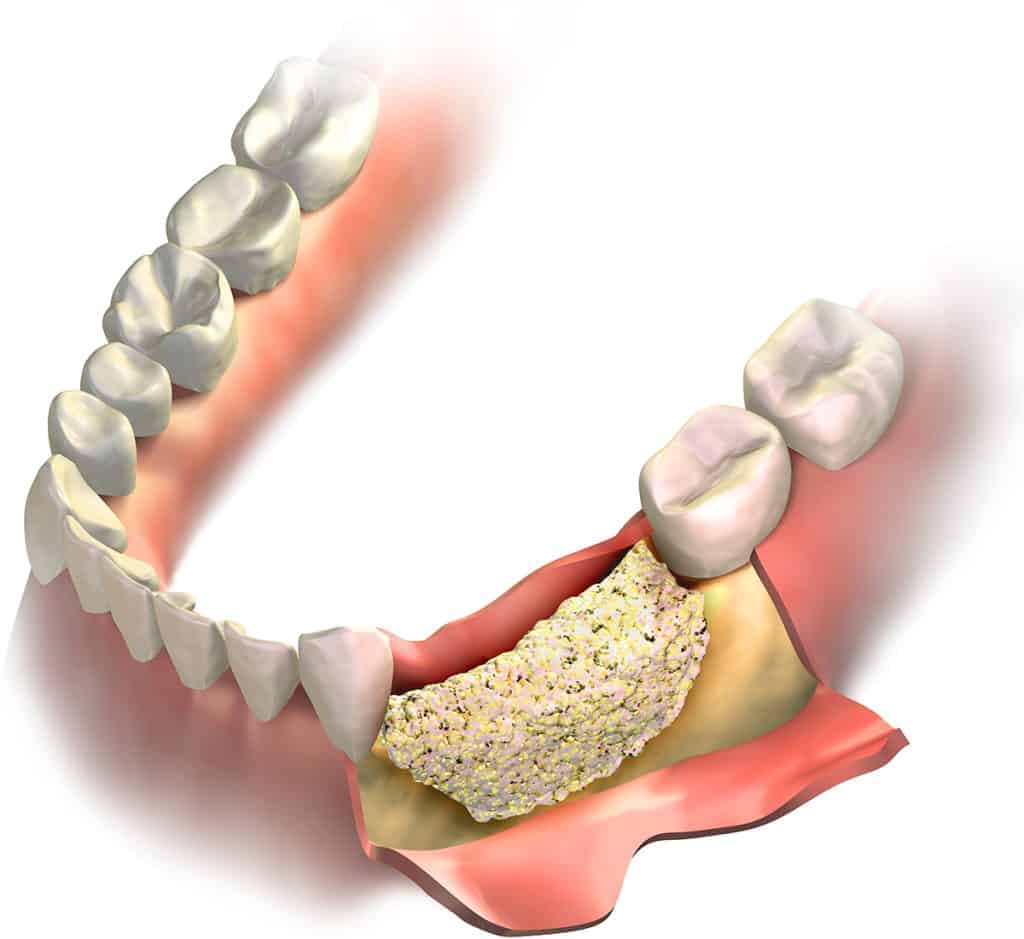
How a Bone Graft Works to Restore Jawbone Strength
When you lose a tooth, your jawbone starts to resorb because of lack of stimulation to the empty socket. A healthy jawbone relies on pressure from a complete set of teeth and may degrade up to 25 percent in the first year after losing a single tooth. Multiple missing teeth compound the issue, and a bone graft may be the only way to restore your smile and strengthen the jawbone.
At Pearce Dental Group, we offer restorative dentistry procedures, including dental implants and all-on-four implants, and sometimes a bone graft is required to rebuild the jawbone first. These dental restorations need a strong jawbone foundation for optimal results.
What is a Bone Graft?
Dental bone grafts use donor tissue from another part of your body, human donor or animal. Alternatively, they are made of a synthetic material.
The grafted tissue provides the building blocks for your body to begin the repair work, regenerating bone tissue in the months after the procedure. Bone grafts provide a solid foundation for a full, healthy smile with dental implants or implant-supported dentures.
Dental Bone Graft Procedure
Local anesthesia is typically used during a dental bone graft. Our oral surgeon will create a tiny incision in the gums and pull back the tissue to view the jawbone. The surgical area is cleaned and disinfected before adding the bone grafting material to the jaw to reverse bone loss. The gum tissue is repositioned and closed with incisions. Recovery times vary because there are several types of bone grafts that depend on the severity of bone loss and its cause. Over time, your body will fill the space with new bone tissue.
Socket Preservation Bone Graft
Someone needing tooth extraction may require socket preservation with a bone graft. Also called ridge preservation, this type of bone graft happens immediately after extraction to fill in the void and stop the sides of the empty socket from collapsing inward.
Ridge Augmentation Bone Graft
People who are missing multiple teeth for a long time tend to have a thinner jawbone due to the extent of bone loss. Ridge augmentation bone grafts add donor tissue to increase the width and height of the jawbone. The extra material is needed to support dental restorations.
Periodontal Bone Graft
Advanced gum disease causes loose and shifting teeth and tooth loss, and the infection can damage your overall health and degrade the jawbone. A periodontal bone graft is typically placed around an existing, strong tooth to limit tooth migration and rebuild support.
Sinus Lift
When the upper back teeth are lost, the sinuses may drop down, encroaching on the space previously occupied by the missing tooth roots. A sinus lift raises the maxillary sinus back to the proper position and then places a dental bone graft underneath to separate the areas and provide the structure for dental implants.
Regardless of the type of bone graft, your mouth must heal fully before moving forward with dental implants or implant-supported dentures to avoid implant failure and enjoy the best results.
If you’re missing one or more teeth, contact our experienced dentists in Cincinnati to schedule a consultation and discuss the best way to restore a full smile. Contact Pearce Dental Group at (513) 651-0110 or fill out our online contact form.


